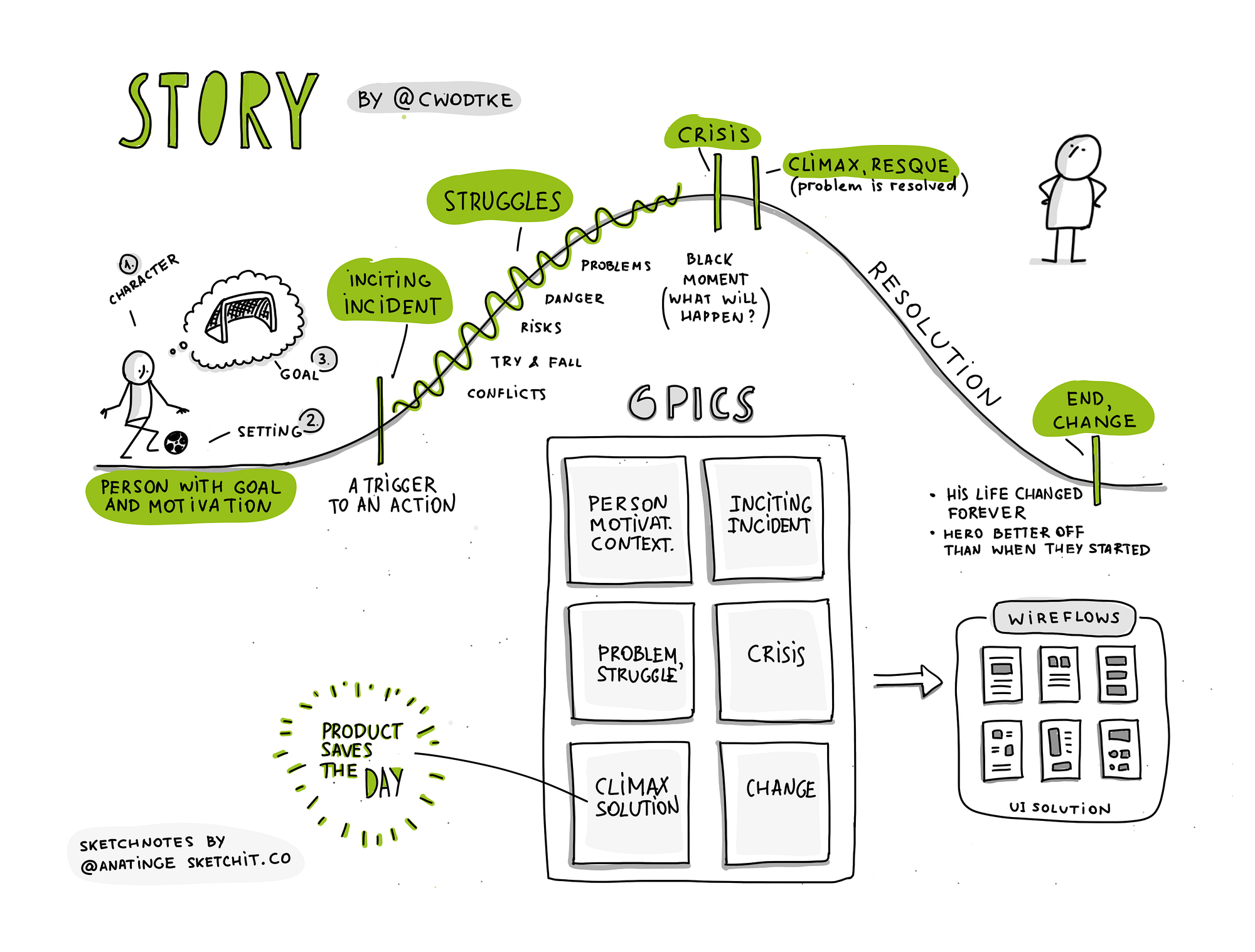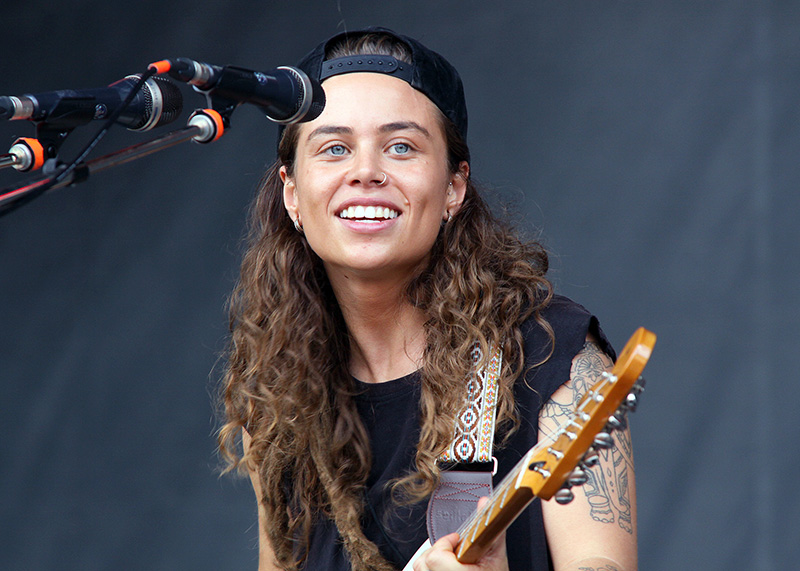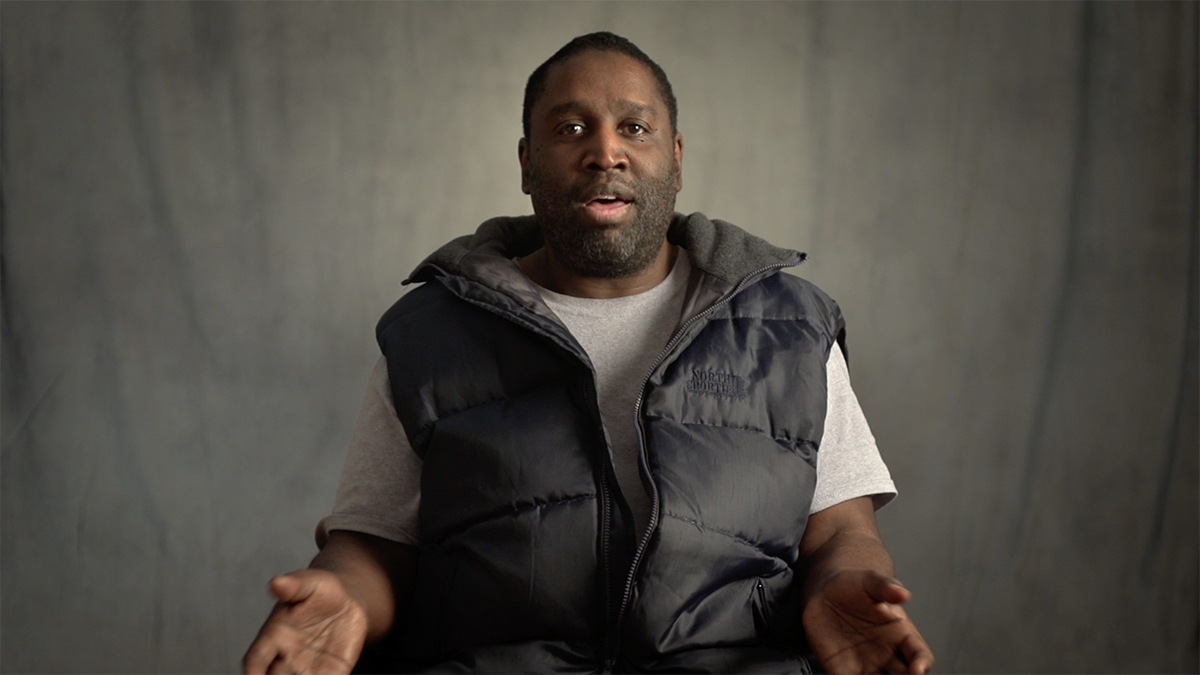Storyboarding
Last week I finally filmed to study portion of my interview which includes the audio that will be used in the entire film. It took me about 6 attempts to organize everything and finally shoot the multi-cam sequence that included 3 cameras all at different angles, 4 light fixtures, a white backdrop, and my subject. I organized everything from bringing in 3 SD cards, getting all the equipment from the TV Studio to the Light Studio, white balancing, adjusting exposure and aperture, making sure my image size is the same in all my cameras, setting up the mic, adjusting audio levels, moving around lights, making sure the studio was clear of all other people, and so much more. So it was a major relief to get that out of the way and to finally start working on storyboarding my B-roll. Below is a little investigation on Storyboarding.
Storyboards are used to create story. A storyboard originates from written word; for example from a script. A storyboard artist takes the written word and draws it into pictures. The pictures are then taken and pinned on a board, a storyboard. After all the pictures are pinned to a storyboard, the artist then pitches it to the director. The artist wants to give a sense of what this movie could be like and tries to bring it to life. The aim of a storyboard is to get a feeling of what the story could be like as a final film. The storyboard artist attempts to convey what it would feel like to watch the film in a cinema.
And b-roll can be just about anything — a stationary shot of leaves swaying in the wind, a moving shot rolling over photographs on a desktop, an over-the-shoulder shot of someone rocking in a chair, historical news clips, vintage videos or timelapses. The options are endless, but they must be relevant to the story you are trying to tell.
I started to story board my B-roll footage and am including times I want to switch clips based on my audio. I also have been including pauses that I will be playing music and further illustrating Jack's words before he resumes talking. Im incorporating a lot of smooth motion and movement to give a more professional look instead of the amateur interview I put together at the beginning of the year. I've been using the "Tash Sultana" interview as a frame of reference since both interviews are about musicians.
Worklog:
Monday-No School
Tuesday- Reserved studio, Messed around with lighting and camera settings
Wednesday- Went over shooting checklist for filming
Thursday- Filmed interview and cleaned up the audio grain
Friday- Messed around with color correction and started b-roll storyboard
Worklog:
Monday-No School
Tuesday- Reserved studio, Messed around with lighting and camera settings
Wednesday- Went over shooting checklist for filming
Thursday- Filmed interview and cleaned up the audio grain
Friday- Messed around with color correction and started b-roll storyboard











